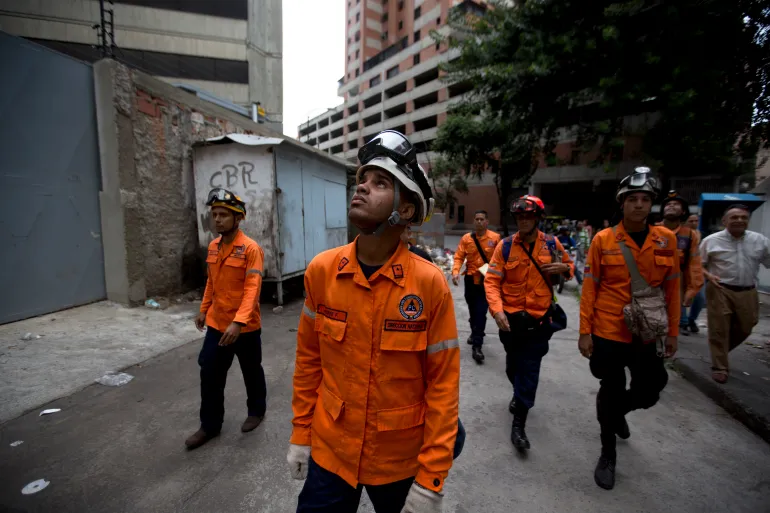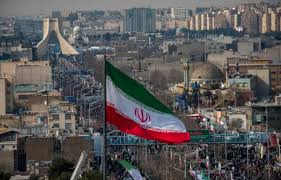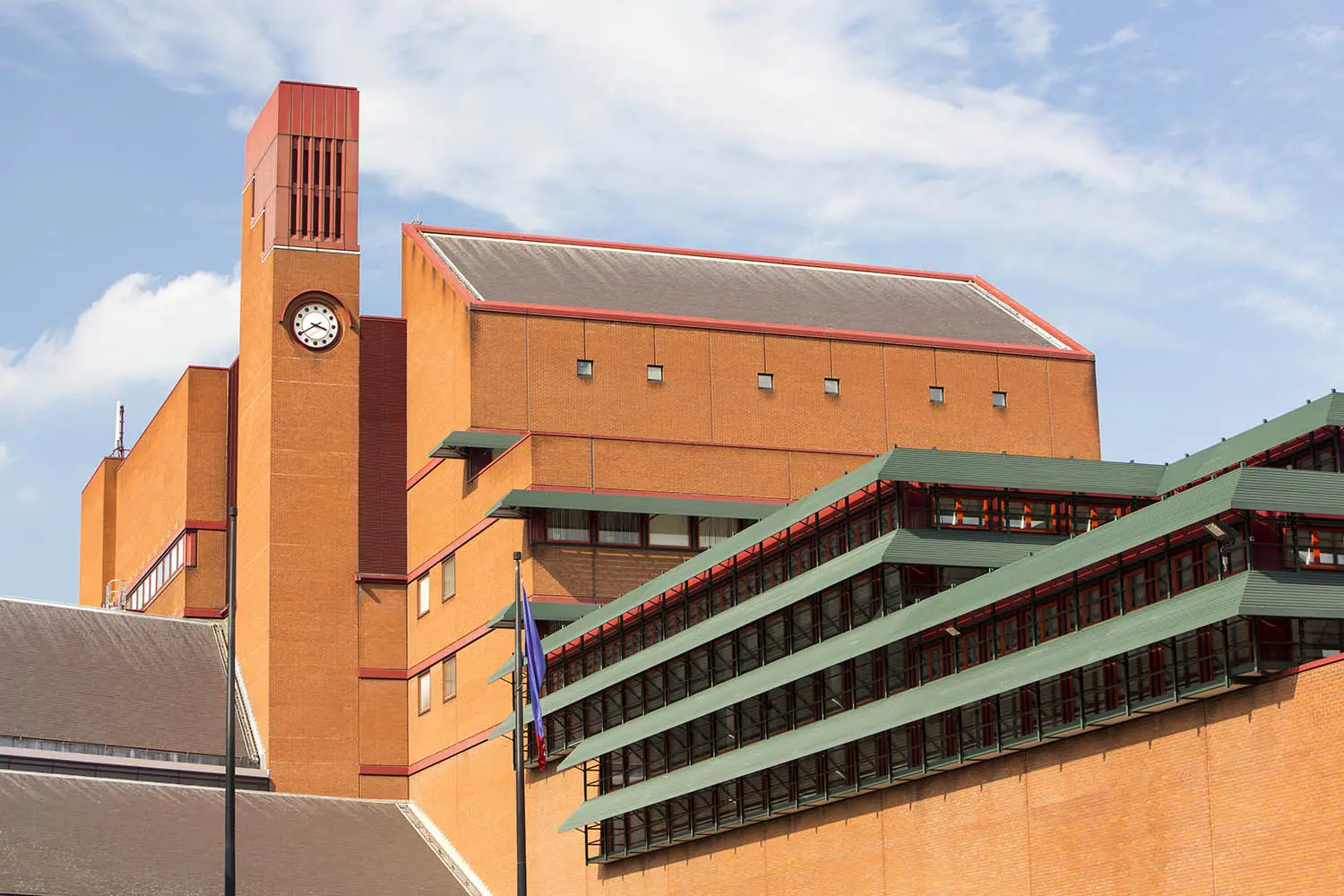Venezuela was rattled on Wednesday by a powerful 6.1-magnitude earthquake, which sent tremors across multiple states, including the capital Caracas, and was felt as far as neighboring Colombia.
The United States Geological Survey (USGS) placed the quake’s epicenter near Mene Grande in Zulia state, an area critical to Venezuela’s oil industry, about 600km (370 miles) west of Caracas.
It recorded the depth at just 7.8km (5 miles), making it a shallow quake — the kind typically felt more strongly at the surface.
No casualties or major structural damage have been reported so far, but authorities say they are still assessing remote areas where access is limited.
In Caracas, residents rushed into the streets as buildings swayed and car alarms went off. Videos shared on social media showed office workers gathering in open spaces, while some schools activated evacuation drills.
Civil Protection officials confirmed inspections are underway at critical infrastructure sites, including hospitals, bridges, and the Tower of David, a partly abandoned skyscraper notorious for its structural vulnerability during previous quakes.
“So far, we have not recorded victims or collapsed buildings, but we are monitoring aftershocks closely,” said Communications Minister Freddy Ñáñez.
While the USGS reported a magnitude of 6.1, Venezuela’s own seismic agency noted two smaller quakes — measuring 3.9 and 5.4 — striking Barinas and Zulia states. The German Research Centre for Geosciences recorded the event as slightly stronger, at 6.3 magnitude.
Seismologists say these discrepancies are common in the first hours after a quake, as global agencies refine their models and local data becomes available.
Venezuela sits near the meeting point of the Caribbean and South American tectonic plates, making it one of the most seismically active regions in South America.
More than 80% of the population lives in earthquake-prone zones, raising the risk of widespread disruption when major tremors strike.
The country has been shaken by five major earthquakes in the past century, including a 2018 offshore quake measuring 7.2 that caused widespread panic and damaged buildings along the northern coast.
“Even moderate quakes can have a significant impact due to outdated infrastructure and informal housing,” said Dr. Yelitza Hernández, a Venezuelan geophysicist. “Preparedness is crucial.”
Mene Grande, near the quake’s epicenter, is home to vital oil facilities that feed Venezuela’s petroleum exports — a lifeline for the country’s embattled economy.
State oil company PDVSA said it had temporarily halted operations at some facilities to conduct safety checks but reported no immediate damage to pipelines or refineries.
“Energy security is a priority, and we are ensuring that production resumes safely,” a PDVSA spokesperson said.
Authorities in Colombia confirmed that tremors were felt across border cities such as Cúcuta and Maicao, leading to precautionary building evacuations. No injuries were reported.
Wednesday’s earthquake revived painful memories for many Venezuelans. The 1997 Cariaco earthquake killed more than 70 people and left thousands homeless, highlighting the country’s vulnerability to seismic disasters.
“The tremor was short, but my heart was racing,” said 54-year-old Caracas resident Mariela Gómez, who was a teenager during the 1997 quake. “We know what these quakes can do — you never really feel safe.”
Officials have urged citizens to remain alert for aftershocks and review family evacuation plans.
The Venezuelan Red Cross has deployed volunteers to Zulia state, while international humanitarian agencies say they are on standby should the situation worsen.
Seismologists warn that aftershocks are likely in the coming days and could be strong enough to cause additional damage.
For now, Venezuelans are breathing a cautious sigh of relief — grateful that this quake, though powerful, did not result in mass casualties — but mindful of the country’s fragility in the face of natural disasters.



